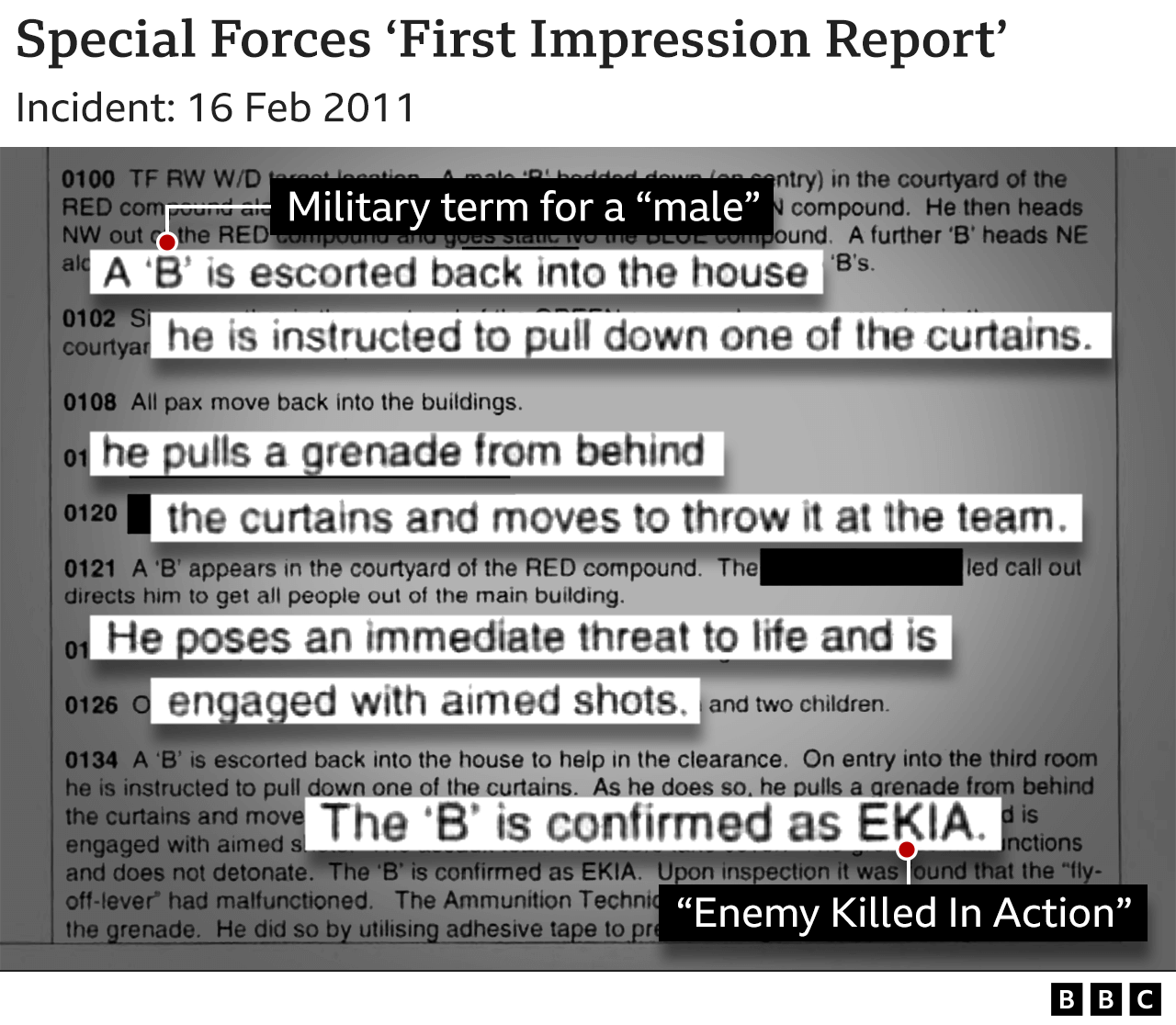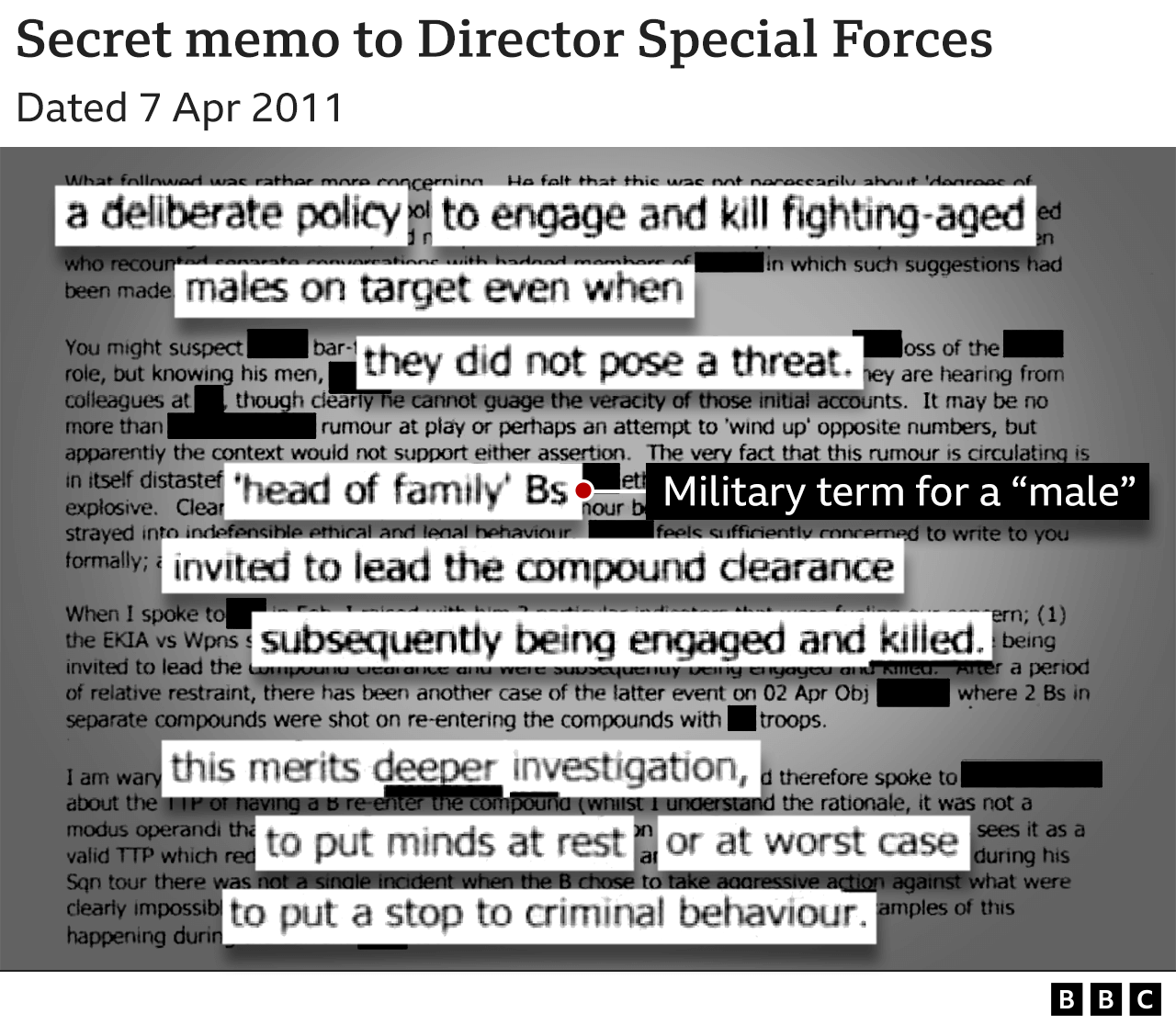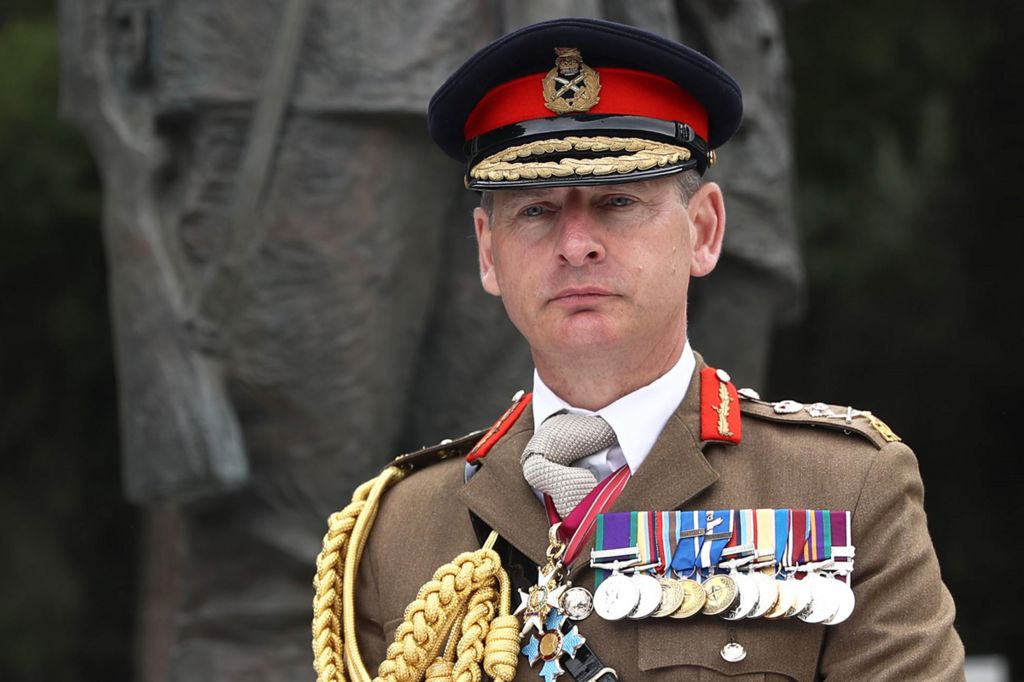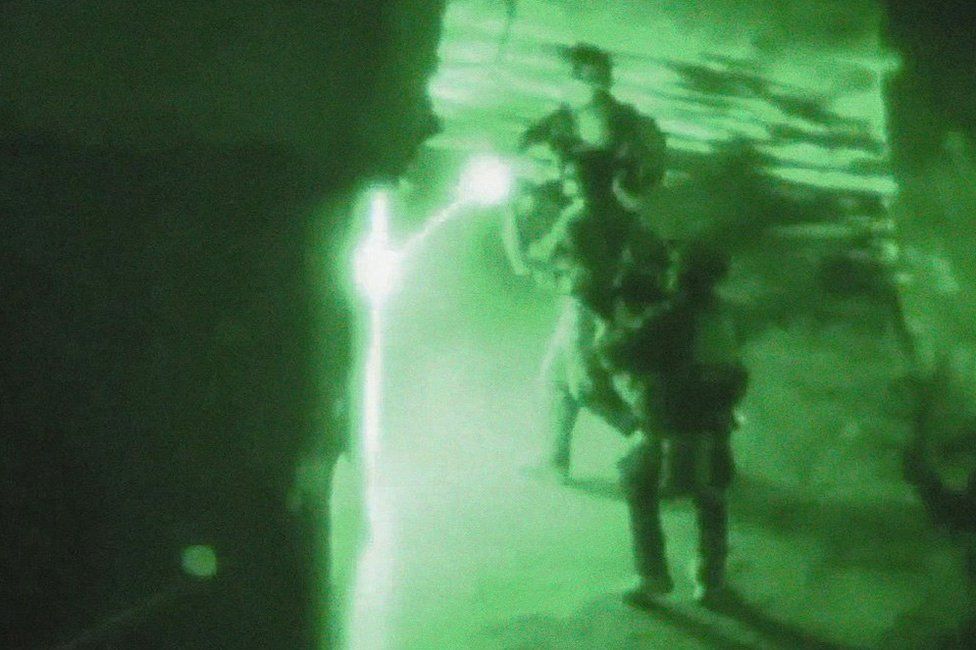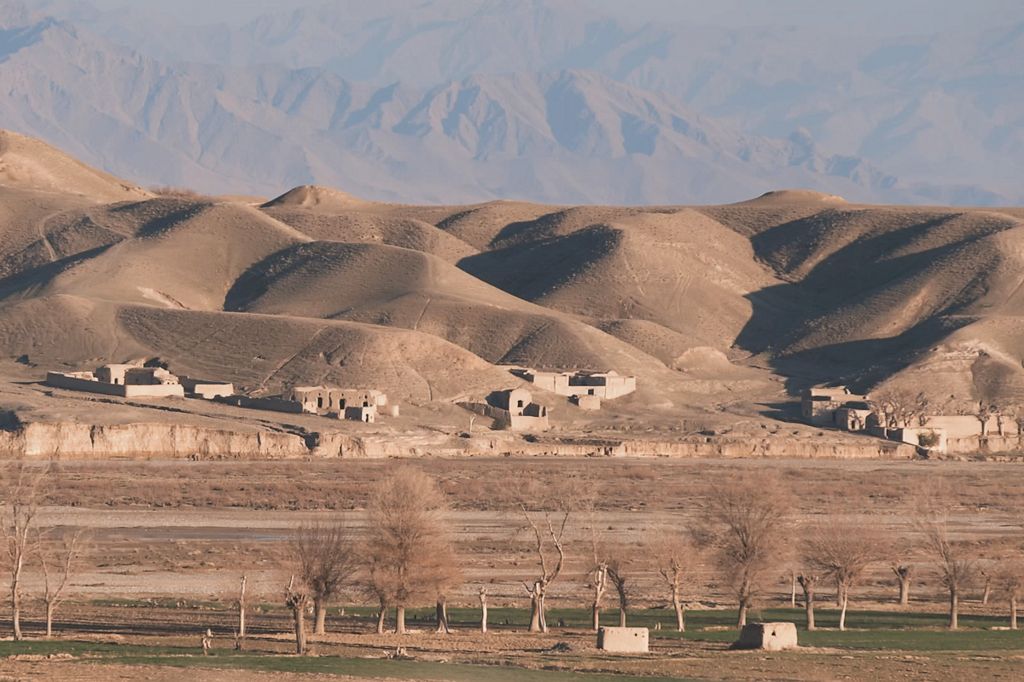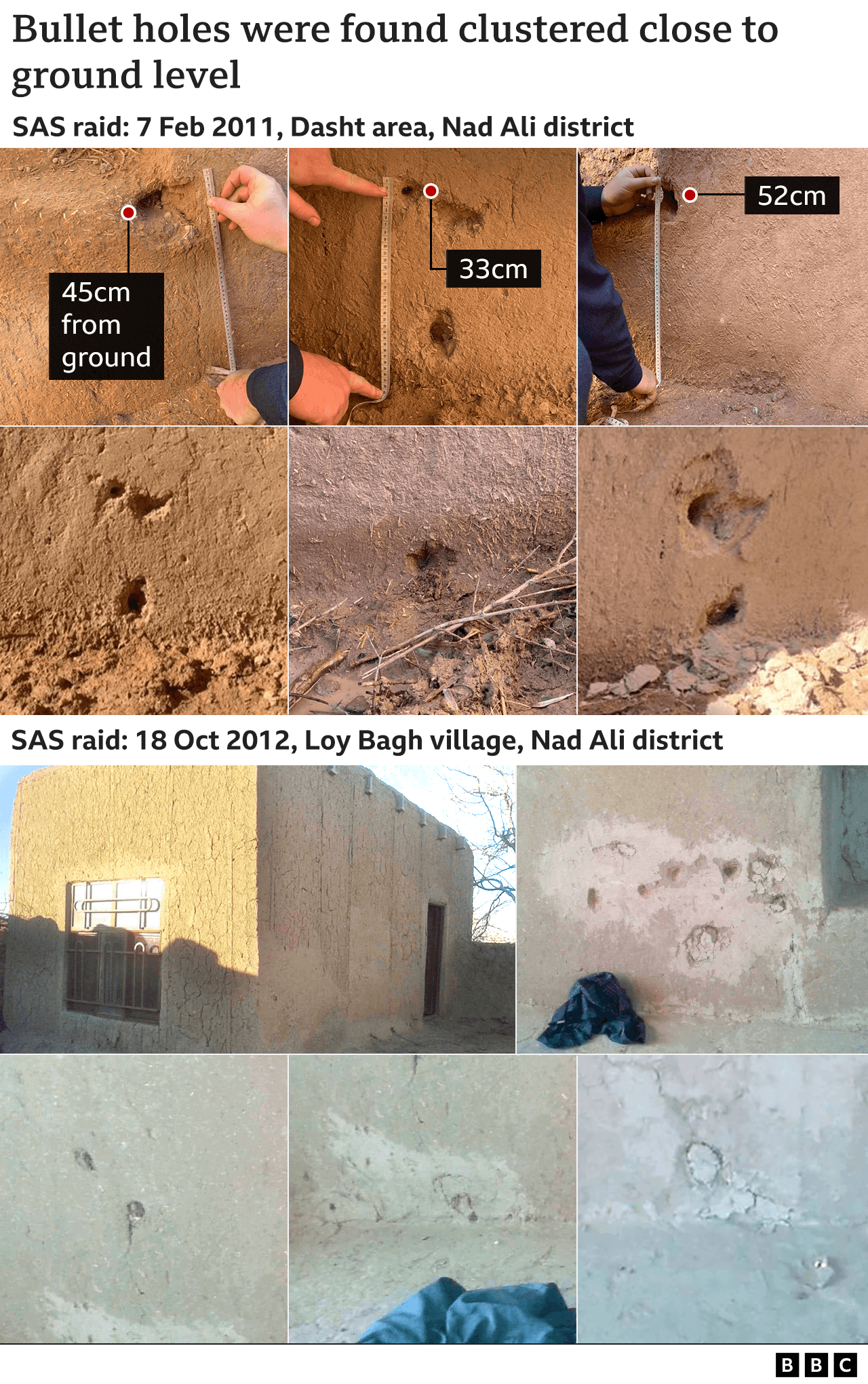JULY 12, 2022
Climate and the Collapse of World Order

Near Tehachapi, California. Photo: Jeffrey St. Clair.
China rises while the U.S. recedes, along with the global order it created at the end of World War II. This has become a common narrative. Historian Alfred McCoy put it forward in his 2017 work, In the Shadows of the American Century.But, as McCoy points out in his latest work, China’s day in the sun may be brief, overwhelmed by cataclysmic climate disruption that could shatter world order itself as the century unfolds.
The first truly global order originated when Portugal began the European age of exploration around 1420. With the European invasion of the Western Hemisphere and opening of a sea route to Asia by the end of the century, “Europe’s overseas empires finally brought all the continents into sustained contact, allowing the formation of history’s first true world order,” McCoy writes in To Govern the Globe: World Orders & Catastrophic Change. Together, Spain and Portugal created what McCoy describes as the Iberian order. It was to last beyond the height of their empires until the British world order succeeded it with the final defeat of Napoleon, consummated in the 1815 peace conference known as the Congress of Vienna.
The current U.S. world order began in 1945 when Britain passed the torch to its Anglo offspring on the western side of the Atlantic. In both his recent works, McCoy projects the U.S. order’s end date around 2030, though current global events may be accelerating that timetable.
Born of catastrophe
Empires come and go, but world orders imbue themselves deeply in culture, politics and economics, McCoy maintains. So though there have been 90 empires great and small over the past 500 years, it has taken deep and shaking events to crystallize a new order. “If we focus on the last five centuries, new world orders seem to rise when a maelstrom of death and destruction coincides with some slower, yet deeper, social transformation to sweep away the old order,” he writes. That is the “catastrophic change” in the subtitle.
The cataclysm that triggered the Iberian order was the Black Death, the plague that killed 60% of the population of Europe and China, “rupturing the constraints of the medieval social order.” The Napoleonic Wars lasting over a quarter century, combined with the emergence of the coal-fired industrial revolution, culminated in the British order. The ravages of World War II, killing 70 million in history’s greatest war to date, along with the emergence of oil as a dominant energy source, made the U.S. the shaper of the current global order.
McCoy’s focus on energy sources as a key element of global geopolitical orders provides To Govern the Globe an explanatory power all too often missing or downplayed in other global histories. The vital and ironic point to which the book draws is how the fossil energy sources that have marked the past two world orders are leading to catastrophic climate change that might end the unified world created over the past five centuries. It might bring a “Chinese century” to a premature close, and shatter that world into competing nations putting up walls against climate refugees from uninhabitable regions. McCoy notes that only around two million refugees from the drought-connected conditions in the Mideast and Central America have fed reactionary politics in Europe and the U.S. What will happen when there are hundreds of millions?
Sovereignty and rights
To Govern the Globe provides a deep exposition of the other two elements that McCoy posits have shaped global order, the evolution of concepts around sovereignty and human rights. I will touch on them briefly, and then return to his thinking on energy and climate, and how that influences my own, having focused on the issue since the 1990s.
The energy source that drove the Iberian order was two-fold, a revolution in the use of wind to drive ships, and the massed human muscle power they carried in the form of slaves. From the earliest Spanish invasion of Caribbean islands, native populations were enslaved to mine precious metals and grow crops in plantation settings. Superior sailing technology and cannons meanwhile enabled the Portuguese to dominate trade and native populations around the Indian Ocean, when the economies of Asia dwarfed those of Europe.
The division of the world into those two empires was confirmed by in the 1494 Treaty of Tordesillas which gave Africa and most of Asia to Portugal and all of the Americas except Brazil to Spain. It was based on a decree by Pope Alexander VI, setting out “two central principles” that were to prevail throughout the Iberian age, even as France and Britain succeeded the original empires.
“First, imperial sovereignty would be boundless, capable of encompassing non-Christian lands by every sort of conquest and the world’s largest oceans by exploration,” McCoy writes. “More fundamentally, in the conquest of alien lands, a Christian monarch was morally and legally empowered, by papal authority, to enslave all peoples in perpetuity.”
The historian relates how Catholic clerics horrified at the impact of slavery on the indigenous of the Americas laid the foundation for western notions of human rights, while international law emerged in challenges by The Netherlands to Iberian control of the seas. The Dutch, succeeding Portugal in Asia, used their wealth to create a new form of secular and republican society, and created the essential institutions of capitalism, including the first stock market and the first corporation in the form of the Dutch East India Company.
With the triumph over France by 1815, Britain consolidated a global trading empire based on free trade and freedom of the seas. Moving from being the leading slave trading nation, Britain abolished the trade and became the main enforcer of a ban it sought to impose on other nations. But this shift away from human muscle power was only made possible by the growth of fossil power in the form of the coal-driven steam engine. Still, Britain and other European nations impressed labor. So their abolition of slavery was only a “halfway house.” McCoy cites Belgian King Leopold’s extermination of 10 million in the Congo.
The succeeding U.S. order, which McCoy says was consummated at the first United Nations conference in San Francisco in 1945, enshrined principles of national sovereignty and human rights. Imperialism as an ideology was discredited. Colonies were to be eliminated. But, as in the prior British order violated its own principles of freedom in its colonial practices, the U.S. organizer of its order often honored the order’s principles in the breach, intervening in 81 elections from 1945-2000 and staging around three dozen coups.
One who taught history at the University of Wisconsin earlier than McCoy, William Appleman Williams, maintained the consistent pattern of U.S. foreign policy was to create and keep an “open door” for U.S. capital investment, trade and resource exploitation throughout the globe. In the same way the Dutch leveraged concepts of international law against the Iberians to build their Asian empire, and the British used free trade to blow down barriers to its exports and investments, the U.S. employed ideas of sovereignty and human rights to open up formerly protected European colonies to its own corporations.
Oil and the U.S. world order
The modern oil age began in 1859 with oil well drilling in Pennsylvania. But coal remained dominant. At the start of World War II in 1939, even though the U.S. produced two-thirds of the world’s oil, it still represented only one-third of its energy consumption and only around 10% in Europe and Japan, McCoy notes. Even in 1950, oil still accounted for only around a quarter of fossil fuel use. By 2003, oil surpassed coal to supply 46% of U.S. energy, 60% in Western Europe and 73% in Japan.
Oil propelled a revolution in automobility and aviation, while coming to drive global shipping. The U.S., a nation that, for the first time in history, occupied dominant positions at the western and eastern ends of Eurasia, became the guardian of their prime energy source, the Middle East with two-thirds of the world’s conventional oil reserves. As McCoy points out, this generated an endless series of wars that have only made the region more unstable.
The collapse of the Soviet Union in 1991 seemed to bring an unparalleled era of unipolar dominion. That provided the U.S. with the opportunity to open the global door, bringing nations into the capitalist world order that had formerly been excluded. “At the start of the twenty-first century, Washington thus had the open, globalized economy it wanted,” McCoy writes. But at a cost. “By fraying social safety nets while eroding the structures that protected unionized workers and local businesses, American neoliberal reforms penetrated societies worldwide – reducing the quality of life for many, creating inequality on a staggering scale, and stoking a working-class reaction that would erupt, a generation later, in an angry right-wing populism.”
The rise of China
The global market order also unleashed a related force that would rise as the first challenger to western hegemony in 500 years. The World Trade Organization, created in 1995 to enshrine the neoliberal order, admitted China in 2001. Washington’s elites were confident Beijing would be a compliant player. McCoy writes, “There was almost no awareness of the massive geopolitical shifts that could occur when a full fifth of humanity joined the world system as an economic equal for the first time in three centuries.”
McCoy cites a series of statistics to document China’s dazzling growth, the greatest in world history. It is projected to become the largest economy by GDP before 2030. By the more realistic measure of Purchasing Power Parity, China leapt past the U.S. in 2014, and could be 40% larger by 2030. It is mounting technological challenges in computing, telecommunications and aerospace. By 2016 its patent applications more than doubled those of the U.S.
Becoming the world’s workshop, China accumulated trillions of dollars in reserves. With those in hand, Chinese President Xi Jinping in 2013 gathered 130 countries in Kazakhstan to announce the Belt and Road Initiative. BRI would lay down a network of highways, rail lines, ports, pipelines and power plants to link Eurasia from east to west. The projected $1.3 billion projected to be spent by 2027 is the largest investment in world history, 10 times greater than the Marshall Plan though which the U.S. rebuilt Western Europe at the end of World War II. McCoy likens the BRI speech to those three moments that crystallized previous world orders, Tordesillas, the Congress of Vienna, and the 1945 UN conference.
Zbigniew Brzezinski, one of the great architects of U.S. global policy, warned of the rise of a Eurasian competitor. Former Secretary of State Mike Pompeo in a recent speech said the U.S. must prevent the rise of a “Pan-Eurasian colossus,” with the arrogance and ignorance of another former officer in the Seventh Cavalry, George Armstrong Custer. With Russia, China and Iran being driven closer together by U.S. pressure, the colossus Brzezinski feared is on arrival, ironically being created by U.S. action to halt it. Trade wars have not stopped it, while a war with China many fear is on the horizon, and which the U.S. would likely lose, would snap supply chains in ways that make current difficulties seem a minor inconvenience.
A short “Chinese Century”
Much of the world proceeds with business as usual assumptions, largely ignoring the impact climate disruption will have incoming decades. McCoy does not make this mistake. His analysis of climate as a central factor in the global geopolitics of coming decades is a seminal contribution. The underlying social trend in which production is shifting to Asia, especially China, combined with intensifying climate change “has the potential to end Washington’s world order and allow the ascent of an alternative global system . . .” “ . . . humanity is facing another cumulative, century-long catastrophe akin to the Black Death of 1350 to 1450 that could, once again, rupture a global order and set the world in motion.”
A Chinese order would be more diffuse than its U.S. predecessor, McCoy says, allowing the rise of regional hegemons such as Brazil, Iran, Turkey, India, Iran and Russia. Having less emphasis on proclaimed political standards than the U.S., and more on mutual economic benefit, the Chinese approach might seem particularly attractive in a world suffering increasing climate breakdowns.
McCoy spends the final pages of To Govern the Globe citing many projections of coming climate chaos, including “worst-case” sea level rise projections of 5.8 feet by 2100. Even at more moderate increases, 150 million people will be below high tide by 2050. Uninhabitable hot zones will spread from the current one percent of the Earth’s land surface to 20% by 2070, “placing a third of the world’s population, or about 3.5 billion people, outside the narrow niche of temperatures that has sustained human life for the past six thousand years.”
China, no less than Britain or the U.S., has risen on fossil fuels. With 85% of its energy coming from fossil sources, while 85% also represents the portion of BRI investments that will be heavy climate polluters, according to a study cited by McCoy, China currently represents around one-third of world carbon emissions. Those will return home. Of all nations, China will be among the hardest hit by climate disruption.
Writes McCoy, “ . . . rising waters ‘threaten to consume the heart’ of Shanghai and its surrounding cities, crippling one of China’s main economic engines. Dredged from sea and swamp, much of Shanghai will, in little more than 30 years, return to the waters from whence it came.” Meanwhile, “increasing temperatures will devastate the North China Plain, a prime agricultural region between Beijing and Shanghai currently inhabited by four hundred million people, potentially making it the most lethal place on the planet.”
McCoy concludes, “A ‘Chinese century’ that begins around 2030 is unlikely to last long, ending perhaps around 2050, when the impact of global warming becomes unmanageable . . . China’s days as a global power will be numbered.”
What comes next?
“Beyond 2050, climate change, if not brought under some degree of control, threatens to create a new and eternally cataclysmic planet on which the very words, ‘world order’ may lose their normal meaning,” the historian writes. “Any world order, whether Washington’s or Beijing’s, that is based on the primacy of the nation state will probably prove incapable of coping with the political and economic crises likely to arise from the appearance of some 275 million climate change refugees by 2060 or 2070.”
“By 2050, if not earlier, the inability of individual nations, no matter how powerful, to cope with a crisis of the global commons should become blindingly apparent,” McCoy says. “. . . the community of nations might well agree on the need for a new kind of collective response and an empowered form of global governance.”
Seeking to envision a world order that might work, McCoy says the features that have defined world order for five centuries must be rebalanced. Human rights and the global commons would have to be privileged over national sovereignty. A supranational authority would need power to control emissions, resettle refugees and reconstruct environments. At this moment of intensifying international conflict, so much driven by the politics of fossil fuels, such an outcome might seem utopian. But sometimes, the logic of the situation drives towards solutions that, however out of reach they seem at the moment, are utterly necessary.
As someone who, as I have said, has focused on the climate issue since the 1990s, I have been continually struck with the gap between what is scientifically necessary and what seems politically feasible. That has driven me in a paradoxical direction, to address this greatest of global crises by acting at local, state and regional levels through journalism and political organizing. In the U.S., at least, this is where the most effective climate solutions have been implemented, from moving forward renewables with energy standards, to stopping fossil fuel infrastructure through grassroots action.
Around the world, even in nations considered advanced on climate, fossil fuel interests are still strong in national governments, as is evidenced by the response to the Ukraine War. Solutions reflecting democratic will are more easily implemented at local, state and regional levels. The leverage points are greater. Many of the key public policy levers to reduce climate pollution are in fact at local and state levels, from decisions on transportation networks and building codes, to utility regulation. The greatest barrier has been the relatively limited resources available to state and local governments compared to national governments.
World order begins at home
Thus, correlating McCoy’s recommendations with my own experience, I believe we need to move on climate in a paradoxical way, to empower institutions at local, state and regional levels to act on climate, while using that increased power to generate political will for the kind of supranational authority which is obviously necessary. To move the in-between level, the nation-state, to take the necessary actions. The beginning or any world order that survives the climate crisis begins with action close to home.
We are, I have to admit, far behind the curve to avert the catastrophes that McCoy projects. It is going to take a level of political organizing and civil resistance beyond anything yet seen in my years working on the issue. I appreciate the spirit in which McCoy closes his book, which, as a member of the same generational cohort, reflects my own.
“Let me close on a personal note by apologizing, on behalf of my own baby-boom generation, for leaving today’s youth a climate crisis whose costs will be painfully evident by 2050 – when I am long dead and you are middle -aged, raising your own children and struggling to survive in an increasingly difficult environment . . . Good luck and God bless. You will need both.”
This first appeared on The Raven.
https://www.counterpunch.org/2022/07/12/climate-and-the-collapse-of-world-order/
